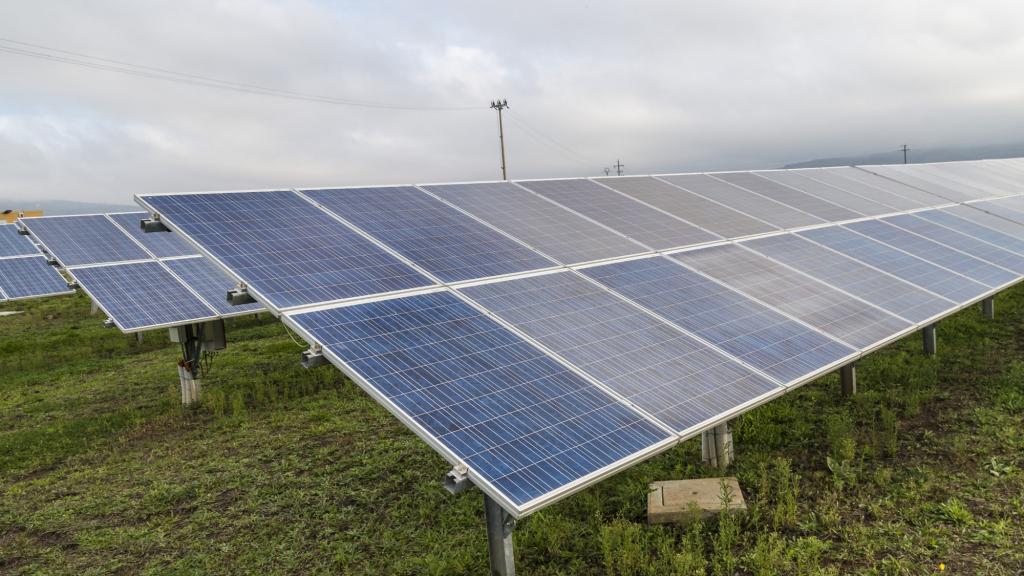Send your question to Umbra!
Q. I’ve started seeing an argument against low-consumption lightbulbs. Could you help me determine if it’s true or false? The reasoning goes like this: Incandescent lightbulbs use more power to emit light, and the extra energy dissipates as heat while on. If we switch to compact fluorescents, (CFLs), we won’t have that source of heat anymore, so in the winter we’ll have to turn the heat up in our houses, thus using more power! CFLs are really making us use more power overall!
I think this line of reasoning is wrong, for a lot of reasons. Would you have any information on it?
Thanks a lot,
Hugo
A. Dearest Hugo,
You’ve lit on a persistent rumor in the halls of Lightbulb High. Look at those CFLs over there, thinking they’re so perfect! Well, I heard that efficient light of theirs is actually increasing emissions and electric bills in winter. What a bunch of poseurs.
And like any schoolhouse rumor, this one should be taken with a grain of salt. It is true that incandescent bulbs create heat — that’s what makes them so inefficient as light sources. In fact, 90 percent of the energy they pull to illuminate your home gets burned away as heat, leaving a slim 10 percent for the bulb’s original purpose. This has led some to assume — much like one might decide that running the toaster is a great way to cozy up the kitchen — that incandescent bulbs provide a usable dash of heat in wintertime.
This line of thinking was bolstered by a couple of 2009 studies out of Canada suggesting that the loss of incandescent bulbs during the great Northern winter would translate to higher emissions in the form of extra gas or oil burning furiously to make up the shortfall. Other experts poo-pooed the notion, and one 2010 analysis found that CFLs did not cause a spike in natural gas usage.
Why? The rebuttal rests on the fact that incandescent lightbulbs are terrible as home heaters. Though they do emit thermal energy, as we’ve seen (making them in a sense tiny electric heaters), these bulbs are very inefficient at doing so. After all, they’re not designed to distribute heat throughout a house like your much more efficient heating system is. Plus, unless you live in some kind of topsy-turvy, Tim Burton-style house, your lightbulbs are going to be near the ceiling; the extra heat will rise up into the attic, not into your living quarters to warm your cold toes.
I tried to find some definitive science for you, Hugo, equating X number of incandescent bulbs to Y extra degrees of heat in the house, but this hasn’t really been studied. And there are lots of confounding variables, including the size of the room, height of the ceiling, and home airflow patterns. So, unfortunately, I can’t tell you exactly how much of a difference a houseful of CFL or LED bulbs will make in how cozy your home feels this winter. My hunch is that it won’t be much.
I’m no home-heating expert, of course. Luckily, Dan Holohan, founder of HeatingHelp.com, is: “A difference, to be a difference, has to make a difference,” he says. “In real life, most people don’t have that many lightbulbs burning in tight rooms to make a difference. You’d have to be living in an Easy Bake Oven.”
The simplest way to be sure that your hummingly efficient bulbs don’t bump up your heating bill is to just leave the thermostat where it typically is (while you’re at it, you can get more thermostat tips here). If you feel chilly, add a sweater, open the south-facing blinds, and seal drafts. And even if you do feel the need to boost the thermostat a click or two, rest assured that using the heater is a far better way to heat the house than relying on a few blazing bulbs.
Joulefully,
Umbra



